The Keto Diet, short for the ketogenic diet, is a low-carb, high-fat diet that has recently gained popularity. Hers is my guide to what to eat.
It is designed to help the body enter a state of ketosis, where it burns fat for fuel instead of carbohydrates. This diet is different from others because it focuses on drastically reducing carbohydrate intake and increasing fat consumption.
The main principles of the Keto Diet involve consuming foods that are high in healthy fats, moderate in protein, and very low in carbohydrates. The goal is to shift the body’s metabolism from using glucose as its primary energy source to using ketones, produced when the body breaks down fat. By doing so, the body becomes more efficient at burning fat and can lead to weight loss.
Key Takeaways for Guide to What to Eat on Keto
- The Keto Diet is a low-carb, high-fat diet that puts your body into a state of ketosis.
- Benefits of the Keto Diet include weight loss, improved mental clarity, and increased energy levels.
- The Keto Diet works by forcing your body to burn fat for fuel instead of carbohydrates.
- Meat, fish, eggs, low-carb vegetables, and healthy fats are some of the foods you can eat on the Keto diet.
- Foods to avoid on the Keto Diet include sugar, grains, and high-carb fruits.
The Benefits of the Keto Diet: Weight Loss and More
One of the main reasons people turn to the Keto Diet is for weight loss. Reducing carbohydrate intake and increasing fat consumption forces the body to burn stored fat for energy. This can lead to significant weight loss over time. Additionally, the Keto Diet has been shown to help reduce appetite and cravings, making it easier to stick to a calorie deficit.
On top of weight loss, the Keto Diet offers other benefits. It has been shown to improve insulin sensitivity and blood sugar control, which can be beneficial for those with diabetes or pre-diabetes. It may also help reduce inflammation in the body and improve brain function. Some studies have even suggested that the Keto Diet may have potential benefits for certain neurological disorders, such as epilepsy and Alzheimer’s disease.
It’s important to note that there can also be potential drawbacks to the Keto Diet. Some people may experience what is known as the “keto flu” when first starting the diet, which can include symptoms such as fatigue, headaches, and irritability. Additionally, because the diet is so low in carbohydrates, it can be challenging to meet certain nutrient needs, such as fiber and certain vitamins and minerals. It’s important to ensure you’re getting a variety of nutrient-dense foods while following the Keto Diet.
The Science Behind the Keto Diet: How it Works
When you follow the Keto Diet, your body enters a state of ketosis. This is when your body starts using ketones, which are produced from fat, as its primary source of fuel instead of glucose from carbohydrates. To achieve this state, you need to reduce your carbohydrate intake and increase your fat consumption drastically.
When you consume carbohydrates, your body breaks them down into glucose, which is then used for energy. However, when you restrict carbohydrates, your body doesn’t have enough glucose to use for fuel. Instead, it starts breaking down stored fat into ketones, which can be used as an alternative fuel source.
The Keto Diet also affects your metabolism. When you consume carbohydrates, your body releases insulin to help regulate blood sugar levels. Insulin promotes the storage of glucose as glycogen in the liver and muscles. However, when you follow the Keto Diet and restrict carbohydrates, insulin levels decrease, and the body starts using stored fat for energy instead.
Ketones play a crucial role in the Keto Diet. As mentioned earlier, ketones are produced when the body breaks down fat. These ketones can cross the blood-brain barrier and provide an alternative fuel source for the brain. This is why some people report improved mental clarity and focus when following the Keto Diet.
Guide to What to Eat on the Keto Diet: A Comprehensive List
| Food | Serving Size | Net Carbs | Fat | Protein |
|---|---|---|---|---|
| Avocado | 1/2 medium | 2g | 15g | 2g |
| Broccoli | 1 cup chopped | 4g | 0.5g | 2.6g |
| Cauliflower | 1 cup chopped | 3g | 0.3g | 2g |
| Chicken Breast | 3 oz | 0g | 3.6g | 26g |
| Eggs | 2 large | 1g | 10g | 12g |
| Ground Beef (80% lean) | 3 oz | 0g | 15g | 22g |
| Salmon | 3 oz | 0g | 5g | 17g |
| Spinach | 1 cup | 1g | 0.1g | 0.9g |
When following the Keto Diet, it’s important to focus on consuming foods that are high in healthy fats, moderate in protein, and very low in carbohydrates. Some of the best foods for my guide to what to eat on the Keto Diet include:
- Avocados: Avocados are high in healthy fats and low in carbohydrates, making them a perfect choice for the Keto Diet. They are also a good source of fiber and contain important vitamins and minerals.
- Coconut oil: Coconut oil is rich in medium-chain triglycerides (MCTs), which the liver easily converts into ketones. It’s a great source of healthy fats and can be used for cooking or added to smoothies and coffee.
- Olive oil: Olive oil is another healthy fat option that can be used for cooking or as a dressing for salads. It’s high in monounsaturated fats, which have numerous health benefits.
- Nuts and seeds: Nuts and seeds are high in healthy fats and protein, making them a great snack option on the Keto Diet. Some good choices include almonds, walnuts, chia seeds, and flaxseeds.
- Fatty fish: Fatty fish such as salmon, mackerel, and sardines are not only high in healthy fats but also a good source of omega-3 fatty acids, which have been shown to have numerous health benefits.
- Eggs: Eggs are an excellent source of protein and healthy fats. They are also low in carbohydrates, making them a perfect choice for the Keto Diet.
- Leafy greens: Leafy greens such as spinach, kale, and Swiss chard are low in carbohydrates and high in important vitamins and minerals. They can be enjoyed as a side dish or added to salads and smoothies.
- Cheese: Cheese is high in fat and protein but low in carbohydrates, making it a great option on the Keto Diet. Just be mindful of portion sizes as it can be easy to overconsume calories from cheese.
- Meat and poultry: Meat and poultry are excellent sources of protein in the keto diet. Opt for grass-fed or organic options whenever possible.
- Full-fat dairy: Full-fat dairy products such as yogurt, butter, and cream are high in healthy fats and low in carbohydrates. Just be sure to choose full-fat options and avoid added sugars.
It’s important to note that while these foods are allowed on the Keto Diet, portion control is still important. It’s easy to overconsume calories from fat, so be mindful of your overall calorie intake.
Foods to Avoid on the Keto Diet: What to Steer Clear Of
While there are many foods that you can enjoy on the Keto Diet, there are also some foods that you should avoid. These foods are typically high in carbohydrates and can prevent your body from entering ketosis. Some foods to steer clear of on the Keto Diet include:
- Grains: Grains such as wheat, rice, oats, and barley are high in carbohydrates and should be avoided on the Keto Diet. This includes bread, pasta, cereal, and baked goods made with these grains.
- Sugar: Sugar is high in carbohydrates and can quickly spike blood sugar levels. This includes table sugar, honey, maple syrup, and other sweeteners.
- Fruit: While fruit is generally considered healthy, it can be high in natural sugars and carbohydrates. It’s best to limit your fruit intake on the Keto Diet.
- Starchy vegetables: Starchy vegetables such as potatoes, corn, and peas are high in carbohydrates and should be avoided in the keto diet. Opt for non-starchy vegetables instead.
- Legumes: Legumes such as beans, lentils, and chickpeas are high in carbohydrates and should be avoided in the keto diet.
- Beer: Beer is high in carbohydrates and can interfere with ketosis. It’s best to avoid alcohol or consume it in moderation while following the Keto Diet.
- Processed foods: Processed foods such as chips, crackers, and packaged snacks are typically high in carbohydrates and should be avoided on the Keto Diet. They are also often high in unhealthy fats and additives.
It’s important to read food labels and be mindful of hidden sources of carbohydrates, such as added sugars and starches. Some foods may seem keto-friendly at first glance but can actually contain hidden carbohydrates.
Meal Planning on the Keto Diet: Tips and Tricks

A guide to what to eat while on Keto is not enough; meal planning is essential to following the Keto Diet. It helps ensure that you’re getting the right nutrients and can make sticking to the diet much easier. Here are some tips and tricks for meal planning on the Keto Diet:
- Plan your meals in advance: Take some time each week to plan out your meals and snacks for the upcoming week. This will help you stay organized and ensure you have all the necessary ingredients.
- Focus on whole, unprocessed foods: When planning your meals, focus on whole, unprocessed foods that are high in healthy fats, moderate in protein, and low in carbohydrates. This will help ensure that you’re getting a variety of nutrients.
- Incorporate healthy fats into your meals: Healthy fats are crucial to the Keto Diet. To increase your fat intake, be sure to include foods such as avocados, coconut oil, olive oil, nuts, and seeds.
- Include a variety of non-starchy vegetables: Non-starchy vegetables are low in carbohydrates and high in important vitamins and minerals. Be sure to include a variety of vegetables in your meals to ensure you’re getting a range of nutrients.
- Meal prep in advance: To save time during the week, consider meal prepping some of your meals in advance. This can involve cooking large batches of food and portioning them out into individual containers for easy grab-and-go meals.
- Remember fiber: Getting enough fiber on the Keto Diet can be challenging since many high-fiber foods are also high in carbohydrates. Be sure to include sources of fiber such as leafy greens, chia seeds, and flaxseeds in your meals.
- Stay hydrated: Drinking enough water, including the Keto Diet, is important on any diet. Aim to drink at least 8 cups of water per day to stay hydrated.
Keto-Friendly Snacks: Satisfy Your Cravings
Snacking can be a challenge on the Keto Diet since many traditional snack foods are high in carbohydrates. In this guide to what to eat, there are plenty of options for satisfying your cravings while staying within the guidelines of the diet. Here are some keto-friendly snack options:
- Nuts and seeds: Nuts and seeds are a great snack option on the Keto Diet. They are high in healthy fats and protein, making them both satisfying and nutritious. Some good choices include almonds, walnuts, chia seeds, and pumpkin seeds.
- Cheese: Cheese is another excellent snack option on the Keto Diet. It’s high in fat and protein but low in carbohydrates. Just be mindful of portion sizes, as it can be easy to overconsume cheese calories.
- Avocado: Avocado is a versatile snack option that can be enjoyed on its own or paired with other ingredients. It’s high in healthy fats and fiber, making it both satisfying and nutritious.
- Hard-boiled eggs: Hard-boiled eggs are a convenient and portable snack option on the Keto Diet. They are high in protein and healthy fats, making them great for satisfying your hunger.
- Greek yogurt: Greek yogurt is a good source of protein and can be enjoyed as a snack on the Keto Diet. Just be sure to choose full-fat options and avoid added sugars.
- Olives: Olives are a flavorful snack that is low in carbohydrates and healthy fats. They can be enjoyed on their own or added to salads and other dishes.
- Pork rinds: Pork rinds are a crunchy snack that is low in carbohydrates and protein. They can be enjoyed on their own or substituted for breadcrumbs in recipes.
- Nut butter: Nut butter, such as almond butter or peanut butter, can be enjoyed in moderation on the Keto Diet. Just be sure to choose options that are free from added sugars and other additives.
When choosing snacks on the Keto Diet, it’s important to read food labels and be mindful of hidden sources of carbohydrates. Some packaged snacks may seem keto-friendly but can actually contain hidden sugars and starches.
Eating Out on the Keto Diet: Navigating Restaurant Menus
Eating out can be challenging when following the Keto Diet, as many restaurant menus are filled with high-carbohydrate options. Yet, with a little planning and knowledge, making healthy choices while dining out is possible. Here are some tips for navigating restaurant menus on the Keto Diet:
- Choose protein-based dishes: Look for dishes that are centered around protein, such as grilled chicken, steak, or fish. These dishes are typically lower in carbohydrates and higher in fat and protein.
- Opt for non-starchy vegetables: Instead of starchy sides such as potatoes or rice, opt for non-starchy vegetables such as broccoli, spinach, or asparagus. These vegetables are low in carbohydrates and high in important vitamins and minerals.
- Ask for modifications: Don’t be afraid to ask for modifications to your meal to make it more keto-friendly. For example, you can ask for a burger without the bun or substitute a side of fries for a side salad.
- Be mindful of sauces and dressings: Many sauces and dressings contain added sugars and other hidden sources of carbohydrates. Ask for sauces and dressings on the side so you can control the amount you consume, or opt for options such as olive oil and vinegar.
- Avoid sugary beverages: Many beverages, such as soda and sweetened iced tea, are high in carbohydrates and can quickly derail your progress on the Keto Diet. Stick to water, unsweetened tea, or black coffee instead.
- Research the menu in advance: If possible, research the restaurant’s menu in advance so you can plan your meal choices ahead of time. This will help you make healthier choices and avoid impulse decisions.
- Don’t be afraid to ask questions: If you’re unsure about a dish’s ingredients or preparation methods, don’t be afraid to ask your server for more information. They should be able to provide you with the necessary details to make an informed decision.
It’s important to remember that while dining out on the Keto Diet can be challenging, it is still possible to make healthy choices. With a little planning, knowledge, and this guide to what to eat, you can enjoy a meal while staying on track with your goals.
Common Mistakes to Avoid on the Keto Diet: What Not to Do
When starting the Keto Diet, it’s common to make some mistakes along the way. However, being aware of these mistakes can help you avoid them and stay on track with your goals. Here are some common mistakes to avoid on the Keto Diet:
Not tracking your macronutrients: When following the keto diet, it’s important to track your macronutrients, including carbohydrates, protein, and fat. This will help ensure that you are consuming the right balance of nutrients to achieve and maintain ketosis.
Tracking your macronutrients allows you to monitor your carbohydrate intake and keep it within the recommended range of 20-50 grams per day. It also helps you ensure that you are getting enough protein to support muscle growth and repair while keeping your fat intake high enough to provide the necessary fuel for your body.
By tracking your macronutrients, you can adjust your diet as needed and ensure that you stay on track with your keto goals.
If you’re following a keto diet and looking for delicious dessert options, you’ll love this article on keto desserts that are not only for those over 50. From decadent chocolate treats to fruity delights, these desserts are low in carbs and high in flavor. Check out the article here to discover mouthwatering recipes that will satisfy your sweet tooth while keeping you on track with your weight loss goals. And if you’re interested in more keto-friendly meal ideas, be sure to explore the other articles on WeightLossDiet4U.com, such as this delicious slow cooker keto Mongolian beef recipe here.
FAQs
What is a keto diet?
A keto diet is a low-carb, high-fat diet that aims to put your body into a state of ketosis, where it burns fat for energy instead of carbohydrates.
What foods should I eat on a keto diet?
Foods that are high in fat and low in carbs are ideal for a keto diet. This includes meat, fish, eggs, dairy, nuts, seeds, and low-carb vegetables like spinach, broccoli, and cauliflower.
What foods should I avoid on a keto diet?
Foods that are high in carbs should be avoided on a keto diet. This includes grains, sugar, fruit, and starchy vegetables like potatoes and corn.
How much protein should I eat on a keto diet?
Protein should make up around 20-25% of your daily calorie intake on a keto diet. This equates to around 0.6-0.8 grams of protein per pound of body weight.
Can I eat dairy on a keto diet?
Yes, dairy is allowed on a keto diet as long as it is low in carbs. This includes cheese, butter, cream, and full-fat yogurt.
Can I eat fruit on a keto diet?
Most fruits are high in carbs and should be avoided on a keto diet. However, small amounts of berries like strawberries and raspberries can be eaten in moderation.
Can I eat bread on a keto diet?
Bread is high in carbs and should be avoided on a keto diet. However, there are low-carb bread alternatives available that can be eaten in moderation.
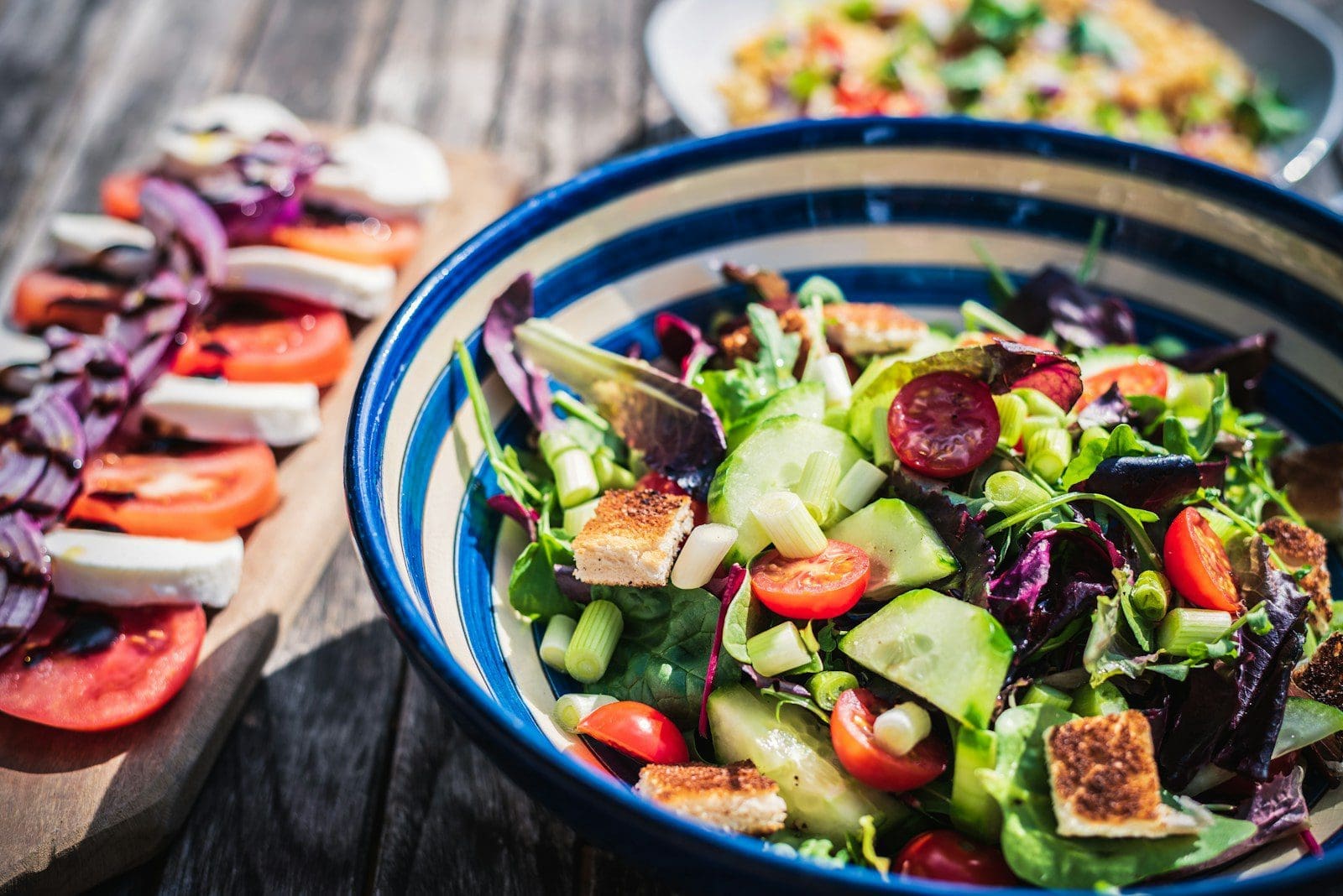


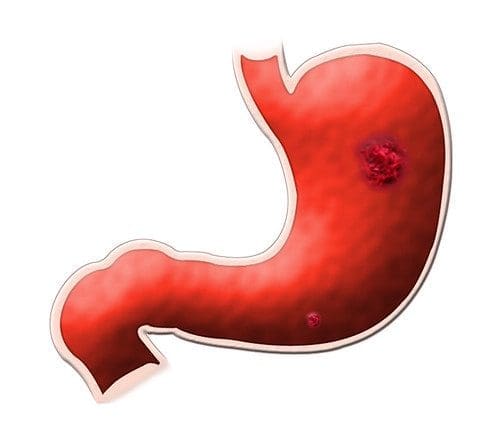
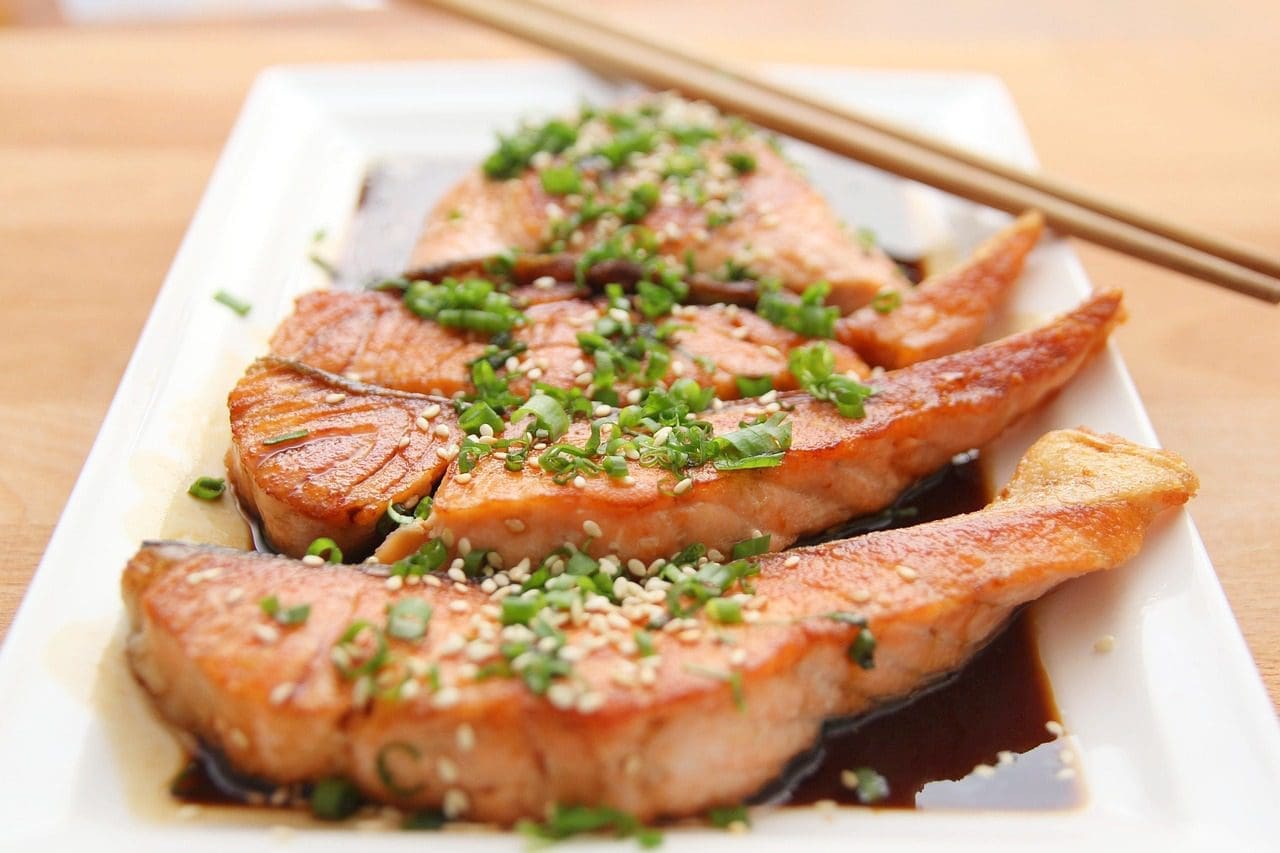
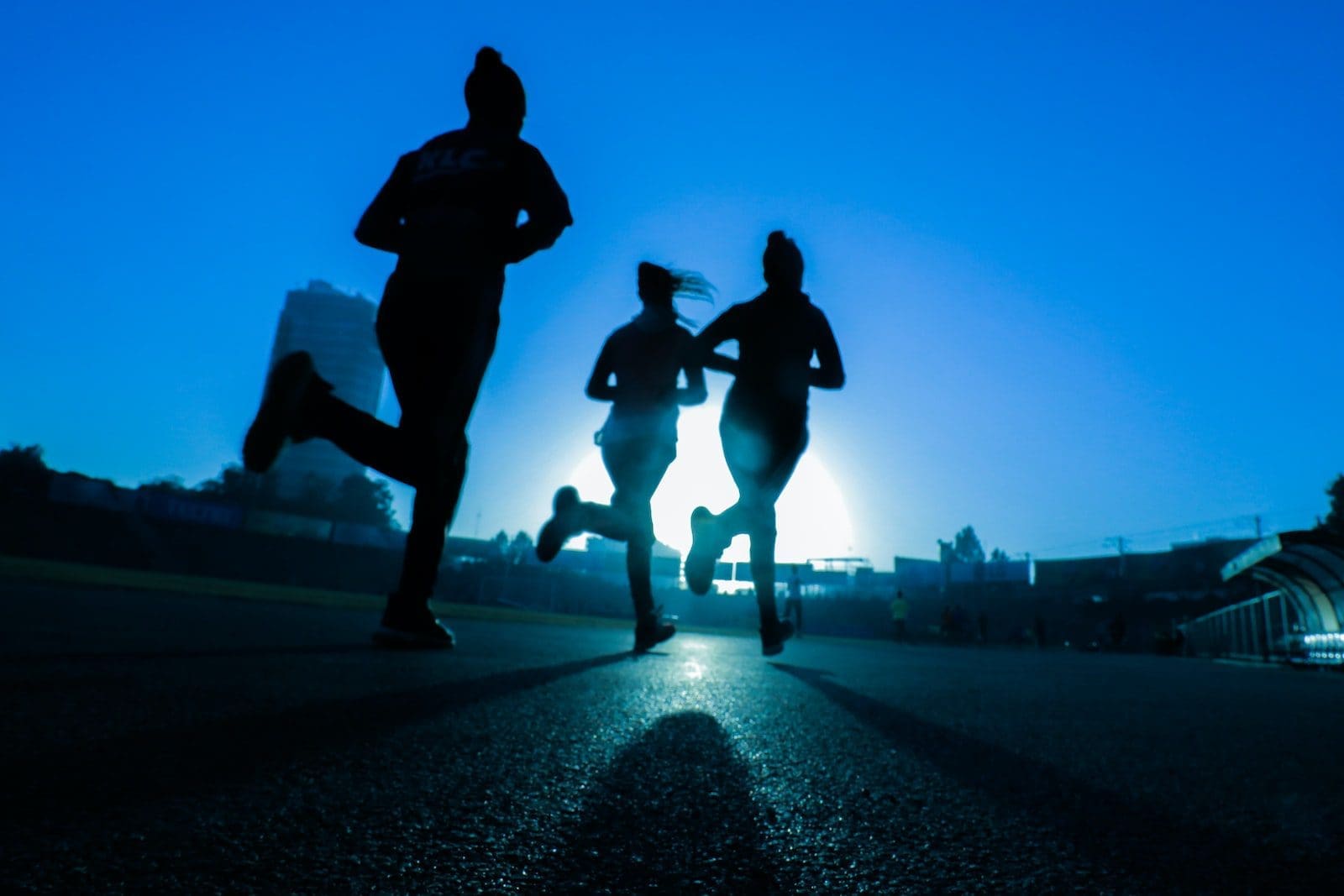


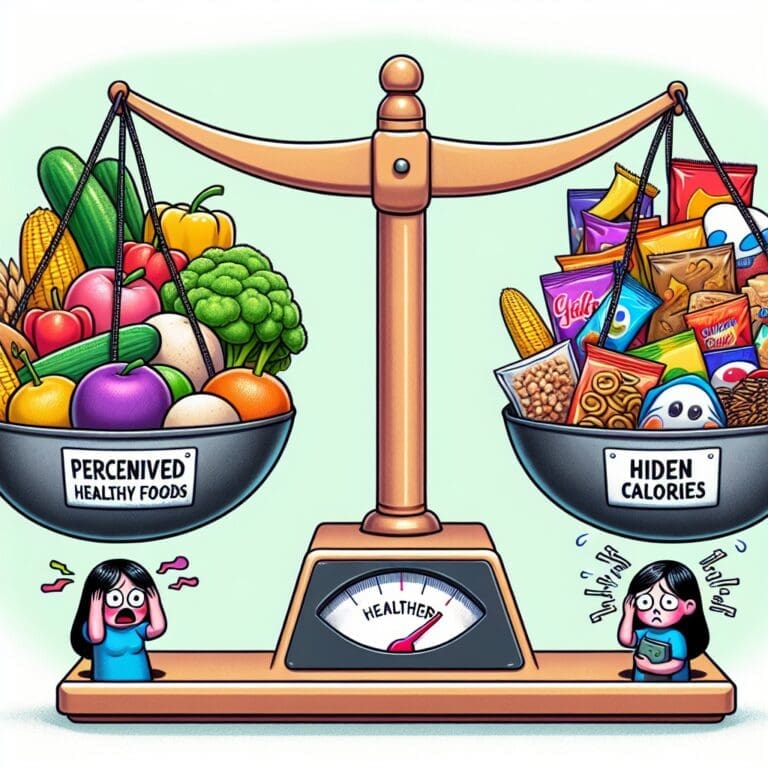
Be First to Comment